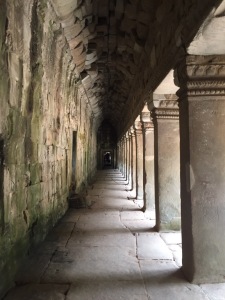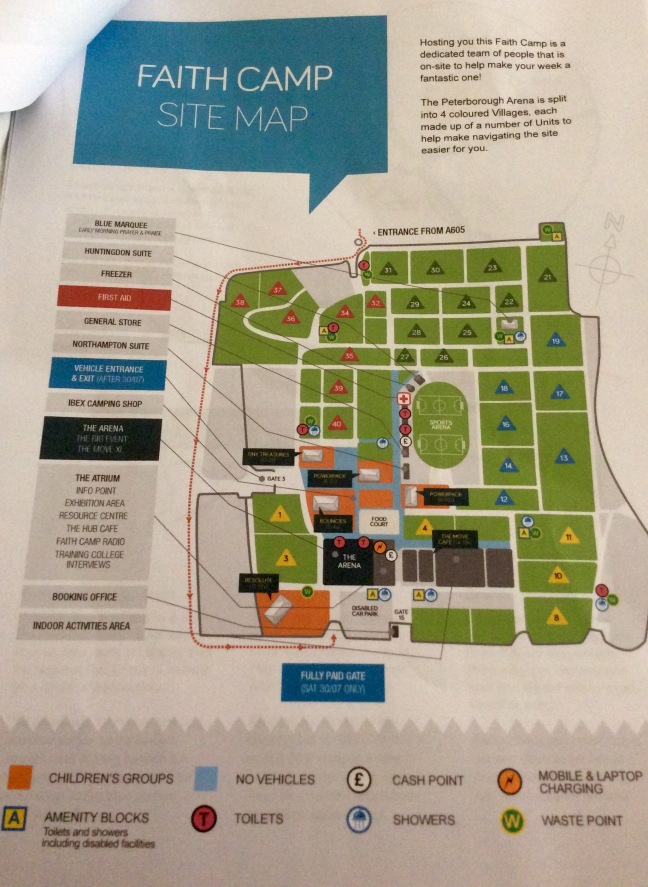
The Kingdom of Cambodia (Kampuchea)
Cambodia illicits lots of differing images for different people. Those who can recall the Khmer Rouge and the ‘Killing Fields’ (20,000 mass graves) will have dark memories of the millions who died (25% of the population) at the hands of Pol Pot between 1975-1979 in the Cambodian Genocide. Younger people will have fabulous images of the temples at Angkor Wat (a world heritage site), Hinduism and Buddhism. Current day Cambodia has a population of over 15 million and is a “unitary parliamentary constitutional monarchy”. This means the monarch is chosen by the Royal Throne Council as head of state. The current head of government is Hun Sen who is the longest serving non royal leader in south east Asia having ruled Cambodia for over 25 years. It remains a country with plenty of issues to resolve but this does not detract from the tourists who flock there daily to see the largest religious monument in the world at Angkor Wat in Siem Reap.
Siem Reap
Siem Reap is in the northwest of Cambodia and is the tourist gateway to Angkor Wat. We flew into Siem Reap airport which was bright, clean and virtually empty. The visa on arrival process was extremely efficient ($96 for the 3 of us). We were met by the hotel’s driver after we had collected our luggage and quickly proceeded to the Cyclo D’Angkor boutique hotel. The hotel was small and lovely. The staff were extremely helpful and very knowledgable, suggesting the best routes and tours for the time we had available in order that we could see the maximum amount of temples possible without being exhausted. We booked a 2 day tour with a car and driver. A good decision considering the heat – the ac in the car was welcome relief. We commenced our 2 day temple tour the following morning.
Our guide told us that The name “Siem Reap” can be translated to mean “Defeat of Siam” (siem in Khmer), and is commonly taken as a reference to an incident in the centuries-old conflict between the Siamese and Khmer kingdoms. According to oral tradition, King Ang Chan (1516–1566) had named the town “Siem Reap”, meaning “the defeat of Siam”, after he repulsed an army sent to invade Cambodia by the Thai King Maha Chakkraphat in 1549. (The tour guide was good!).
Siem Reap Town
Siem Reap’s recent history is coloured by the horror of the brutal Khmer Rouge regime. There are land mine victims everywhere. Since Pol Pot’s death in 1998 the tourist industry has revived the city and province. Siem Reap now serves as a gateway town to the world heritage site of Angkor Wat. It is a vibrant town with modern hotels and restaurants and yet still managing to preserve culture and traditions.
Tourism is clearly an important aspect of the economy of Siem Reap. Most tourists in Siem Reap come to visit the Angkor Wat, Angkor Thom, (about 6 km north of the city), and other Angkor ruins. There are many shopping opportunities around the Psar Chas area, and there are also a number of western-styled pubs and bars catering to tourists.

The Old Market or Psah Chas is located between Pub Street and the Siem Reap River and sells a mixture of souvenirs for tourist and a variety of food produce. The Made in Cambodia Market is a night market where all the products sold are made in Cambodia. The market hosts daily and nightly shows. Other markets in Siem Reap include the Angkor Night Market, Phsar Kandal (The Central Market) which mainly caters to tourists, and Phsar Leu (The Upper Market) which is the biggest market of Siem Reap used by the locals.
What is a UNESCO World Heritage site?
A World Heritage Site is a place (such as a building, city, complex, desert, forest, island, lake, monument, or mountain) that is listed by the United Nations Educational, Scientific and Cultural Organization (UNESCO) as being of special cultural or physical significance. Angkor Wat was designated a UNESCO site in 1992.
Angkor Wat
Angkor Archaeological Park contains the magnificent remains of the different capitals of the Khmer Empire, from the 9th to the 15th century. They include the famous Temple of Angkor Wat and, at Angkor Thom, the Bayon Temple with its sculptural decorations.
Angkor, in Cambodia’s northern province of Siem Reap, is one of the most important archaeological sites of Southeast Asia. It extends over approximately 400 km2, including forests, and consists of scores of temples and other structures (basins, dykes, reservoirs, canals and communication routes). Temples such as Angkor Wat, the Bayon, Preah Khan and Ta Prohm are great examples of Khmer architecture. These temples have been used in many films such as Tomb Raider and Indiana Jones and the Temple of Doom. Angkor is a huge site of cultural, religious and symbolic values, as well as containing architectural, archaeological and artistic significance. The park and many villages are inhabited by locals, some of whom have ancestors dating back to the Angkor period; they grow rice.

Banteay Srei
Banteay Srei is a 10th-century temple located about 30 km northeast of Siem Reap. This is the first temple we visited on our two day tour and being apart from the rest of the temple complex was relatively quiet first thing in the morning. It is notable for its rose pink sandstone and fine intricate decorative carvings.
Temple Photos
This would be an incredibly long blog if I went into detail about all the temples we visited whilst we were in Angkor Wat, so instead here are some of the photos of our time there. (The photos including me were taken by our tour guide.)


























